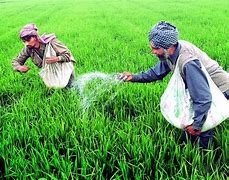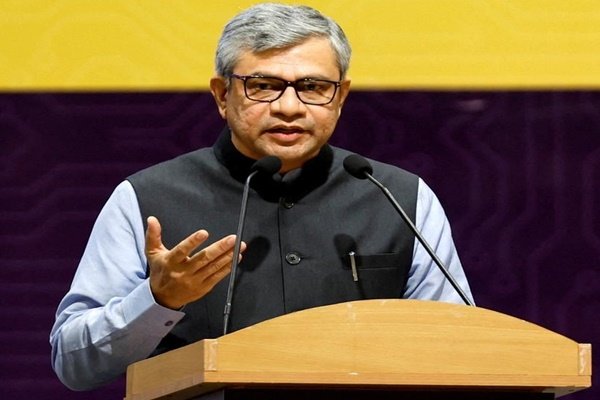Last Updated on April 15, 2025 6:38 am by BIZNAMA NEWS
R. Suryamurthy
India’s retail inflation has unexpectedly plummeted to 3.34% in March, marking a significant milestone with the lowest rate in over five years. While this offers immediate respite to consumers, a deeper analysis reveals that the sustainability of this downward trend is intricately linked to the performance of the upcoming monsoon season. The sharp decline, primarily driven by a cooling in food prices, sets the stage for potential monetary policy easing, but the monsoon’s behavior will ultimately dictate the trajectory of inflation in the coming months.
The headline CPI figure, down from 3.61% in February, showcases the impact of a substantial 1.06 percentage point drop in food inflation. This easing across various food categories, from vegetables to milk products, suggests a temporary lull in price pressures. However, economists caution against premature celebration, highlighting the inherent volatility of food prices and their strong dependence on agricultural output, which in turn is heavily influenced by the monsoon.
The India Meteorological Department’s (IMD) forecast of an above-normal monsoon for 2025 provides a crucial element in this analysis. With expectations of 105% of the long period average rainfall, the agricultural sector is poised for a potentially strong season. This could translate to continued low food inflation by ensuring ample supply and moderating price increases. As Aditi Nayar of ICRA Ltd pointed out, the “timing and distribution” of this rainfall will be critical. Uneven or delayed monsoon could still trigger price spikes in specific food items, undermining the current favorable situation.
Furthermore, a closer look at the inflation data reveals some underlying complexities. While food inflation has eased significantly, certain categories like fuel and light, education, health, and transport & communication have witnessed a modest rise in inflation. This suggests that while the immediate relief is primarily food-driven, underlying price pressures in other sectors might persist. Madan Sabnavis of Bank of Baroda also highlighted the concerning 17% inflation in edible oils, a category heavily reliant on international prices and exchange rates, indicating a potential source of future inflationary pressure irrespective of the monsoon.
The convergence of rural and urban inflation rates, with food inflation acting as an equalizer, is another noteworthy observation. This suggests a broad-based easing of food prices across both demographics. However, the wide disparity in inflation rates across states, with Kerala at 6.6% and Telangana at 1.1%, underscores the regional variations in price pressures and the need for localized analysis.
The implications for monetary policy are significant. The RBI, which has a 4% inflation target, will likely take comfort from this sharp decline. Both Capital Economics and ICRA Ltd suggest that this low inflation print strengthens the case for further interest rate cuts. Capital Economics anticipates another 50 basis points cut this year, while ICRA sees a similar magnitude over the next three policy meetings, potentially starting as early as June 2025, unless GDP growth shows a surprisingly strong upward trend. The RBI’s apparent focus on supporting growth, especially given global headwinds, makes further monetary easing a plausible scenario if inflation remains within its comfort zone.
However, the central bank will undoubtedly be closely monitoring the progress of the monsoon. A favorable monsoon will provide the confidence needed to implement further rate cuts, aiming to boost economic activity without the fear of reigniting inflationary pressures. Conversely, a deficient or poorly distributed monsoon could quickly reverse the current trend, forcing the RBI to reconsider its accommodative stance.
While the sharp drop in India’s retail inflation to a five-year low is a welcome development, its sustainability hinges significantly on the performance of the monsoon. The IMD’s optimistic forecast provides a positive backdrop, but the inherent uncertainties of weather patterns and the presence of underlying inflationary pressures in certain sectors necessitate a cautious and analytical approach. The coming months will be crucial in determining whether this period of low inflation is a temporary reprieve or the beginning of a sustained trend, with the monsoon playing the pivotal role in shaping India’s economic landscape.



